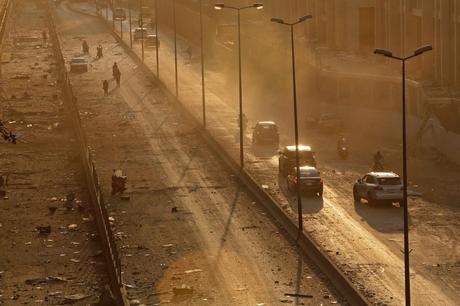
Demonstrations against electricity rationing, inflation and the ruling power. Inability of the state to provide basic services. Depreciation of the currency which has plunged part of the population into poverty. Tensions with the Syrian and Israeli neighbors. Lebanon is chaining one crisis after another. Summary.
Posted on August 5 2015 at 6 a.m.

La Presse
Electrical network faulty


PHOTO HUSSEIN MALLA, ARCHIVES ASSOCIATED PRESS
Power rationing has been part of the daily life of the Lebanese since the civil war that tore the country of 1200 at 1990, but the cuts have been accentuated since June, sometimes lasting up to 19 hours.
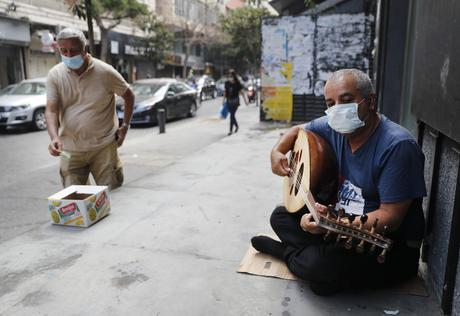
It is a symbol of Lebanon's problems: the shortage of electricity, attributed to corruption which undermines public services and the political class. Rationing of electricity has been part of the daily life of the Lebanese since the civil war that tore the country of 1200 at 1990, but the cuts have been accentuated since June, sometimes lasting up to 19 hours, while the mercury is at its highest. Again Tuesday, hours before the terrible explosions, people demonstrated outside the Energy Ministry, where riot control intervened. Lebanon, classified as 30 th rank of the most corrupt countries according to the organization Transparency International, has an electricity network occupying the 4th rank of the worst in the world, according to a report by the international firm McKinsey cited by Agence France- Hurry.
Economic crisis

PHOTO HUSSEIN MALLA, ARCHIVES ASSOCIATED PRESS
The economic crisis hitting Lebanon has driven part of the population into poverty.

Depreciation of the currency, soaring prices, massive layoffs: the economic crisis that is hitting Lebanon has driven part of the population into poverty, which drove the Lebanese into the streets last fall. This movement is unprecedented, because protests have rarely been sustained in Lebanon, explains researcher and professor Marie-Joelle Zahar, of the Center for International Studies and Research at the University of Montreal (CERIUM). “Despite repeated efforts by law enforcement to quell the protests, the pressure continued,” she said. It is also the first time that a social movement has so clearly called for an in-depth reform of the functioning of the state, especially on issues of secularism and the fight against corruption, she adds. The COVID pandemic – 17, however, slowed down the mobilization while accentuating the problems.
Garbage crisis
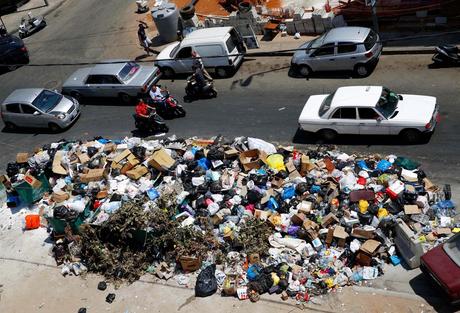

PHOTO HASSAN AMMAR, ARCHIVES ASSOCIATED PRESS
The accumulation of garbage in the streets of Beirut during the summer 2011, due to the closure of the largest landfill in the country, had degenerated into a social crisis.
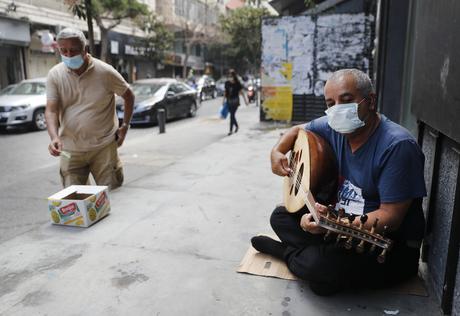
The accumulation of garbage in the streets of Beirut during the summer 2011, due to the closure of the largest landfill in the country, had degenerated into a social crisis. A crisis that is no stranger to the current discontent, says Ms. Zahar. “This is when people started to lose confidence in their leaders,” she said in an interview with La Presse. This crisis, which revealed the inability of the State to meet the basic needs of the population, s It turned out to be the start of Lebanon's “critical infrastructure collapse”, she said. “It is the observation of the powerlessness of the State in all its extent”, illustrates M me 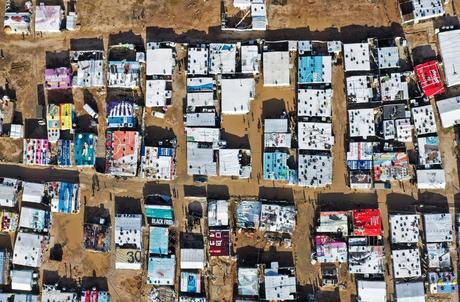
Syrian conflict


PHOTO JOSEPH EID, AGENCE FRANCE-PRESSE ARCHIVES
Refugee camp near Delhamiyeh, Lebanon
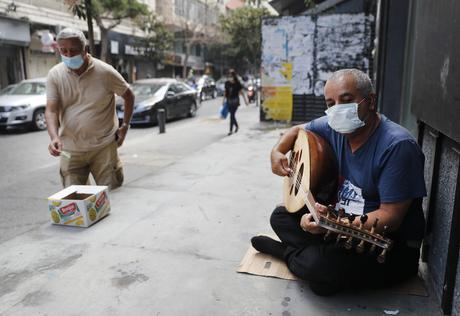
Lebanon has suffered the repercussions of the bloody conflict that has dragged on in its neighbor Syrian. From 2006, Syrians fleeing the war flocked en masse to the Lebanon. “They increased the population of 20% in one year ”, recalls Ms. Zahar, which generated“ enormous pressure [sur] a system that no longer worked ”. Refugees are not responsible for this failure of the system, she continues. “Even if they all returned tomorrow, that would in no way solve Lebanon's problems,” says M me Zahar. Moreover, the Minister of Foreign Affairs, Nassif Hitti, resigned this week, evoking the risk of “state bankruptcy” of Lebanon and deploring the inertia of the power in place, unable to initiate the reforms demanded by the population and the International community.
War of 2006
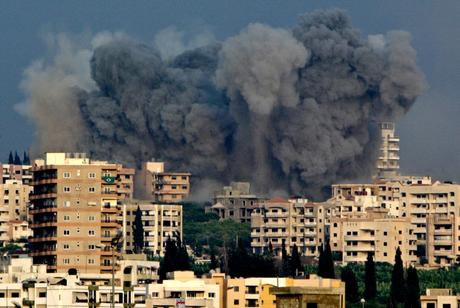
PHOTO NIKOLA SOLIC, REUTERS ARCHIVES
Overview of the city of Tire, Lebanon, after Israeli bombardments, on 15 July 2006

The kidnapping by Lebanese Hezbollah of two Israeli soldiers in July 2005 will generate a backlash from Israel, which will bomb Lebanese bridges, roads, ports, airports and other infrastructure. In 33 days, the conflict will do some 924 dead, 2020 injured and nearly 1 million displaced. It will also lead Canada to conduct the largest evacuation operation in its history: 11 000 nationals Canadians had been extirpated from Lebanon. This war demonstrated that Lebanon's internal issues were linked to regional dynamics, such as the Israeli-Palestinian conflict or Iranian influence, Zahar said. She also demonstrated that an incident “can quickly degenerate”, which explains, according to her, the eagerness of the two countries to lower the tension after an exchange of fire at the border, last week, between armed men who came Lebanon and the Israeli military.
Assassination of the former prime minister
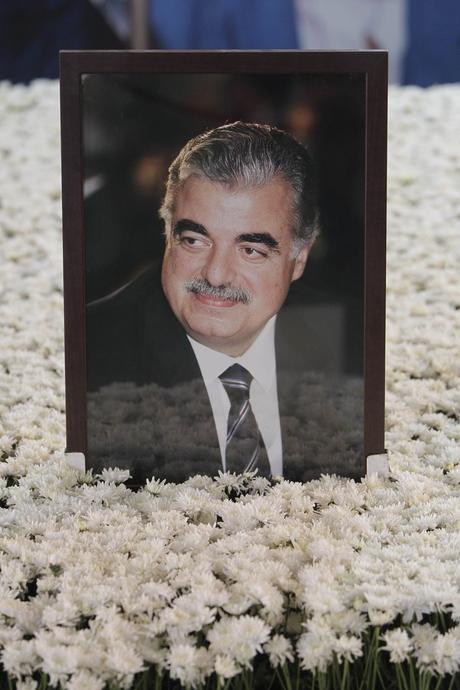

PHOTO JOSEPH EID, AGENCE FRANCE-PRESSE ARCHIVES
Photo in memory of the former Prime Minister of Lebanon Rafic Hariri, assassinated on 13 February 2005
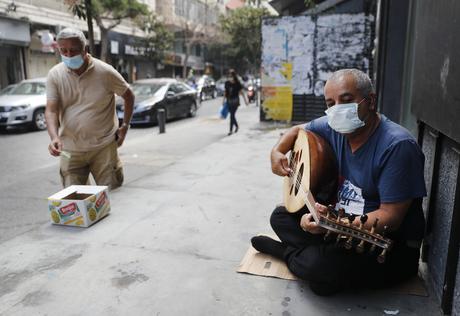
The explosions that occurred on Tuesday recalled a painful trauma in Beirutis and Beirutis: the spectacular attack in which former Prime Minister Rafic Hariri perished, on 15 February 2005, a few months after he left power. A vehicle loaded with nearly two tons of explosives had targeted its convoy in the capital; the explosion, which had blown the windows of buildings within a radius of half a kilometer, had killed 20 other people and made more than 200 injured. It is also this week, Friday, that the verdict of the Special Tribunal for Lebanon (STL), established in the Netherlands, is expected. Four men, all suspected members of Hezbollah, are accused of participating in the attack.
– With Agence France-Presse

